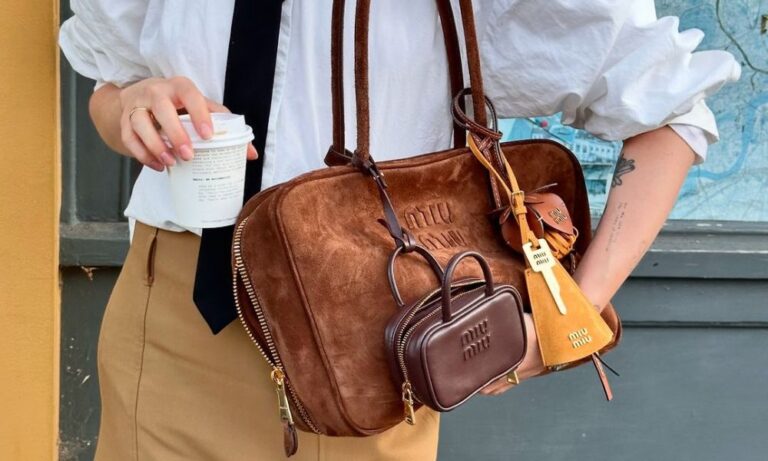
A clothing store simulator helps you achieve cost-effective design in the following ways:
- Virtual Prototyping: Allows you to test different store layouts, decor, and display concepts virtually, eliminating the need for costly physical prototypes.
- Reduced Material Costs: Saves costs on materials by experimenting with virtual designs before implementing changes in the physical store.
- Minimized Design Errors: Helps you identify and correct design errors early in the process, reducing the risk of costly mistakes during implementation.
- Quick Iterations: Easily experiment with multiple design options and make quick iterations to find the most cost-effective layout and design.
- Remote Collaboration: Facilitates collaboration between team members, designers, and stakeholders remotely, reducing the need for costly in-person meetings and travel expenses.
- Real-Time Feedback: Provides real-time feedback from customers, colleagues, and stakeholders, allowing you to make informed design decisions and adjustments without costly rework.
- Data-Driven Decisions: Uses data analytics to track customer interactions with different store designs and layouts, helping you make informed, cost-effective design decisions.
- Scalability: Allows you to easily replicate successful store designs and layouts across multiple locations, ensuring consistency and minimizing the time and resources required for each new store.
- Efficient Collaboration: Facilitates collaboration between team members, designers, and stakeholders, enabling you to work more efficiently and effectively to create a store environment that drives sales and customer satisfaction.
- Adaptability: Quickly adapt store designs to accommodate changes in market trends, customer preferences, and brand image, ensuring that your store remains relevant and attractive to customers.
By providing tools and features that help you create cost-effective store layouts, decor, and displays, a clothing store simulator helps you save costs, minimize design errors, and create a store environment that drives sales and customer satisfaction.
How Does a Clothing Store Simulator Help You with Visual Merchandising?
A clothing store fashion simulator assists with visual merchandising in the following ways:
- Product Placement: Experiment with different product placements to optimize visibility and highlight key merchandise.
- Visual Displays: Create visually appealing product displays that attract attention and encourage customers to make purchases.
- Interactive Displays: Incorporate interactive displays and digital signage to engage customers and provide product information.
- Seasonal Themes: Quickly adapt store designs to reflect seasonal changes and promotions, creating themed displays that capture customers’ attention.
- Promotional Displays: Design displays that highlight special promotions, sales, and new arrivals to drive customer engagement and increase sales.
- Cross-Promotion Opportunities: Identify opportunities to cross-promote related products and increase sales.
- Personalized Recommendations: Use customer data to provide personalized product recommendations and suggestions.
- Real-Time Feedback: Gather real-time feedback from customers on different visual merchandising displays to refine your strategies.
- Data Analytics: Track customer interactions with different visual merchandising displays to identify top-performing products and optimize product placement.
- Scalability: Easily replicate successful visual merchandising displays across multiple store locations to ensure consistency and brand coherence.
By providing tools and features that help you create visually appealing and effective product displays, a clothing store simulator helps you drive customer engagement, increase sales, and enhance the overall shopping experience.







